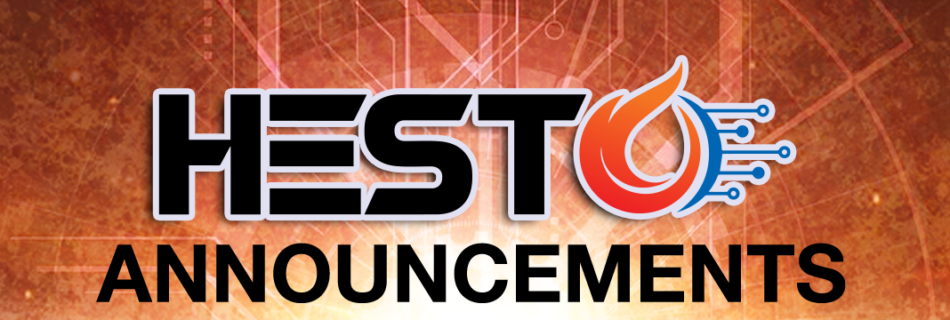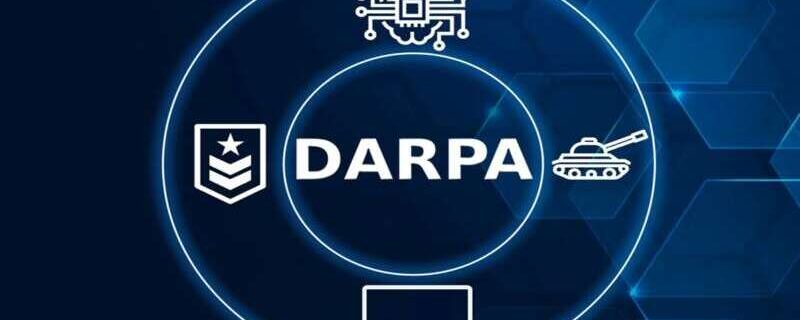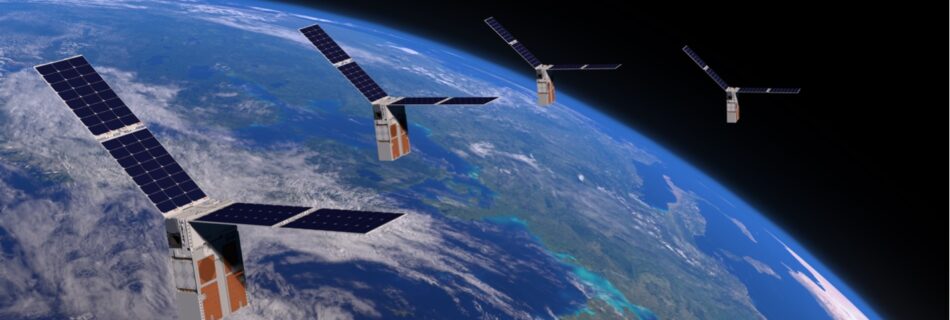Register now: 2025 HELIOTECH and Suborbital Symposium
Registration is open for NASA’s joint 2025 HELIOTECH and Suborbital Symposium, hosted in Laurel, Maryland at the Johns Hopkins University’s Applied Physics Laboratory (APL) and online via ZoomGov. This FREE week-long event will be held September 8-12, 2025, and includes options for onsite, virtual, and hybrid attendance. Registration closes August 22, 2025. Register here: https://hesto.jhuapl.edu/. …
Read more “Register now: 2025 HELIOTECH and Suborbital Symposium”






